The most extraordinary island you have never heard of
It has history, stunning landscape and you can sink the ultimate sundowner at the edge of the continent each day.
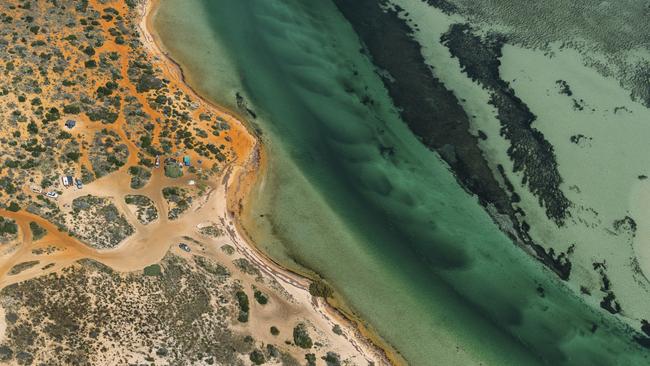
Humpback Highway West, Shark Bay off-ramp. We’re stalled in a cetacean traffic jam. Two juvenile whales are doing loops around our boat, ducking below the hull, spy-hopping to see who’s who on board and snorting, I imagine, “G’day!” in a leviathan sort of way,
“This is definitely not ‘just another day in WA’,” says skipper Keiran Wardle, hacking Tourism Western Australia’s promotional mantra. Having spent more than 30 years in these waters on Dirk Hartog Island, otherwise known as DHI, he knows what he’s saying.
The marine life keeps on romping.
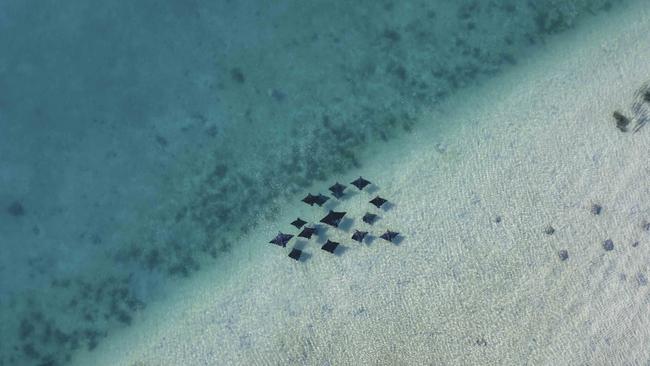
Breaching whales erupt like depth charges while tawny dugongs make fleeting “no photo” appearances and then glide away across the seagrass beds. With about 20,000 migrating whales in Gutharraguda, Shark Bay, at this time of year, plus the greatest concentration of dugong anywhere, the extraordinary soon becomes the familiar. “Yeah, but where are the loggerheads?” says Dan, a fellow guest, in mock-complaint.
The teenage humpback tearaways head off to other thrills. We draw breath. The marine safari we’re on is part of a stay at Dirk Hartog Island Eco-Lodge beside Homestead Bay on the southeast coast.
The Malgana people of Shark Bay know the 80km-long island, Western Australia’s largest, as Wirruwana. Its tip would be Australia’s westernmost point except that DHI is separated from the mainland by a narrow channel. The “farthest west” honour goes to nearby Steep Point.
With its annual cetacean circus, not to mention the sea eagle, osprey and manta sideshow, this UNESCO World Heritage-listed island is so story-rich that there might seem to be no obvious starting point for a tale about it. Except that there is – a historic “one small step for man” moment.
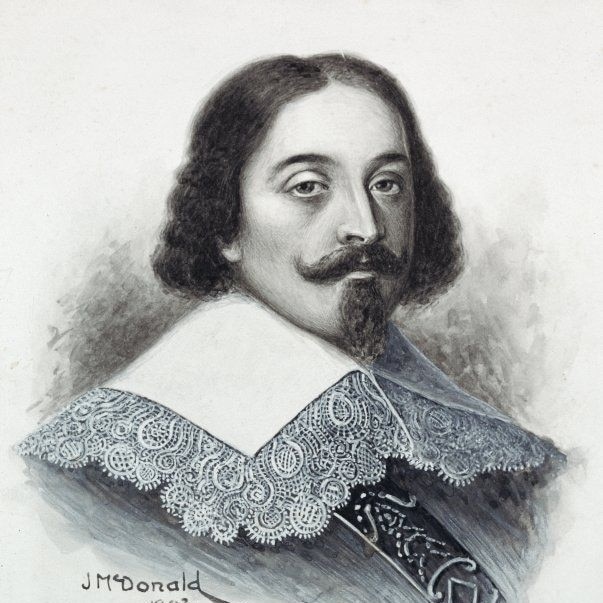
When 36-year-old Dirk Hartog, captain of the Dutch East India Company’s ship Eendracht, landed on the northern tip of the island on October 25, 1616, he became the first known European to set foot on the western shore of the hitherto almost mythical continent, Terra Australis Incognita, the Unknown South Land.
Finding no fresh water, people, gold or spices, Dirk and his 200 crewmen soon continued north on their trading mission to the Spice Islands, but not before leaving a calling card. They flattened a pewter dinner plate, inscribed it with the equivalent of “Hartog was here” (actually, with the name of the ship and senior crew) and nailed it to an oak post on the tip of the island. What happened over the next three and a half centuries to the fabled plate and others that succeeded it is, as they say, a whole other story.
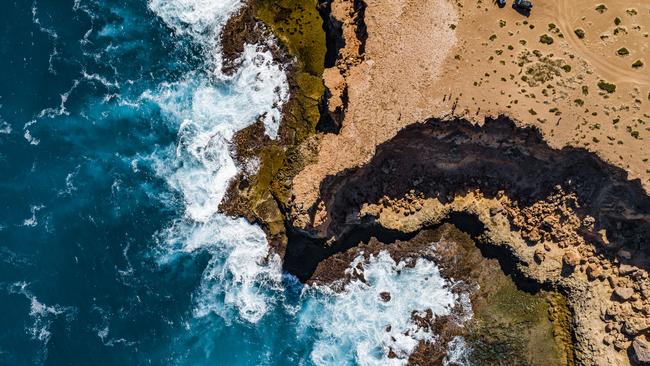
I’m standing at that spot, known as Cape Inscription, one of Australia’s most significant non-Aboriginal heritage sites. Indian Ocean swells hammer the ochre cliff before fanning out into turquoise bays that are rimmed by dunes and frolicked by whales. A 1908 lighthouse looks out along the 26th parallel, uninterrupted, towards Madagascar. At its base is a facsimile of Dirk’s 36.5cm diameter plate, the earliest artefact found in Australia confirming European contact.
It’s taken me decades to reach here, plus 65km of bone-rattling, World Heritage-class corrugations. At age 11, I learned in school, as I presume Australian kids still do, about Dirk’s graffitied plate. The idea of a quest somehow took hold: go see the place.
Hartog’s fabled, battered dinner dish is now preserved in a hermetically sealed case in Amsterdam’s Rijksmuseum. But as I stand on wind-whipped Cape Inscription with gulls cawing, the sentinel lighthouse looming and sea-clawed headlands stretching in both directions, it feels like “mission accomplished”.
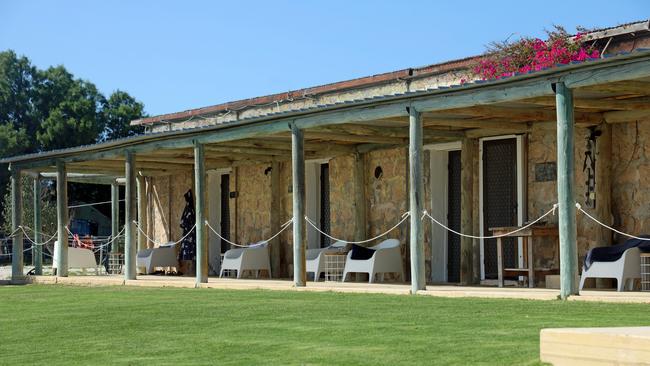
Back at the lodge, Tory Wardle presents one of her legendary dinners at the long communal table. A dozen guests, with our appetites whetted by a day’s action, are swapping tales. Banded hare-wallabies and kestrels have been sighted, along with vast dunes and roaring blowholes. Sublime bays where the colours bleed from teal to turquoise have been swum, and hours spent just ambling along a beach. It’s the best of the West.
Dishes such as Tory’s famous fish curry, plus WA wines and rolling conversation keep us at the table long after moonrise. Nearby, our suites, six in a row, occupy the stonewalled lodge’s converted shearers’ quarters built in 1865. They’re simple rooms, elegant, whitewashed, with a big bed, quality ensuite and wi-fi. The door, island-style, lacks a key but offers a sunrise sea view instead.
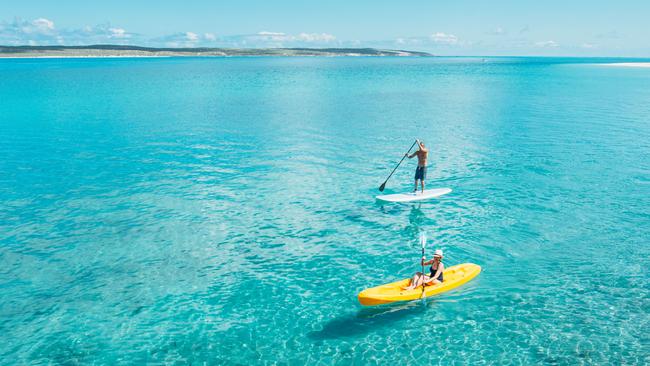
Come morning, I grab a kayak for a wake-up paddle out to Mead Island bird sanctuary just off the beach. Circumnavigating it like a too-late Hartog, I have a fine view back to Dirk’s namesake island with its undulating acacia heath, long headlands and sculpted bays. The thousands of terns, gulls and cormorants occupying the raucous reef pause briefly to consider my alien presence and then return to a squalling debate that might rival question time in any Australian parliament.
Dirk Hartog Island was included in the Shark Bay World Heritage Area in 1991. The 20,000 merino sheep and 11,000 goats that for more than a century had chewed its native vegetation down to the limestone bones were removed. In 2009, the private pastoral lease was returned to the state and the 63,000ha island became a national park, with 40 freehold hectares retained at Homestead Bay.

“It’s now the largest feral cat-free island in the world,” says Keiran, explaining that an electrified “cat fence” was erected across the 15km-wide island.
A conservation program named “Return to 1616” is restoring the island to how the Malgana people and Hartog’s sailors would have seen it. Eucalypts, hummock grasses and wildflowers are flourishing, and 13 animal species are being reintroduced. Some, like the bandicoot, desert mouse and grasswren sound familiar, while other locals have more exotic names such as chuditch quoll, mulgara, dibbler and woylie bettong. All are small, fleet and camera-shy.
Tourism began here back in 1993 with a fishing camp, and it remains low-key. The Wardel family has developed the well-appointed, 12-guest lodge, plus a simple villa and 16 serviced campsites at Homestead Bay, along with boat and barge access, but there is a limit of 20 vehicles at any time in the national park. The rustic, eco-oriented lodge is solar powered and the water supply is desalinated.
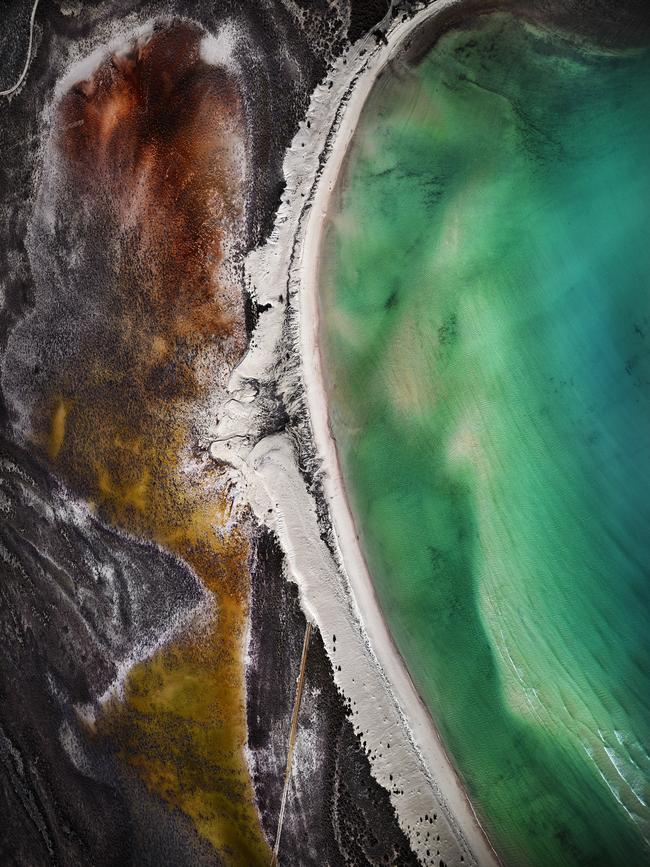

A Dutch poem of the day captures the mercantile mission that 17th-century traders such as Hartog were on: “Wherever profit leads us, to every sea and shore / For love of gain the wide world’s harbours we explore.” The great good fortune of this island in the sun was that it offered passing ships no shade, trade or water, and certainly no spices. In short, no gain. Perhaps as a result of this austere aspect, there are today no gleaming villas and bling resorts crowding the 80m cliffs at Herald Heights that can boast, uniquely, “Australia’s last sunset”. To catch the spectacle we first navigate ripple-soled ruts and enormous dunes en route to the spectacular cliffs.
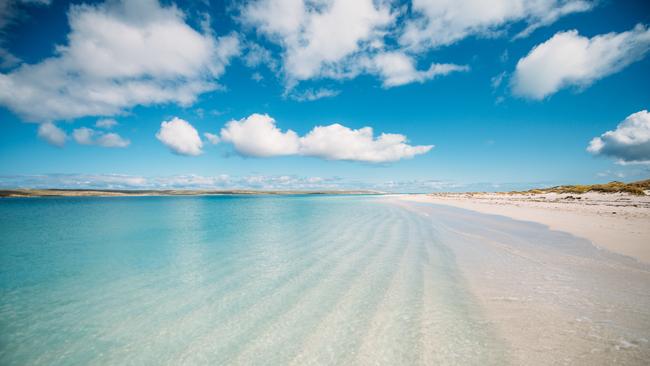
The ocean rumbles at our feet as the sun takes a bow. With the sky catching fire we raise our glasses for the Great Southern Land’s ultimate sundowner. It’s a gin cocktail, tangy with the island’s Tamala rose botanicals. Dirk Hartog’s name is on both the bottle and this extraordinary island. Little could he have imagined when he made that one small step.
In the know
Dirk Hartog Island is accessed from Denham, Shark Bay, which is 820km drive north of Perth. Or fly from Perth with Rex Airlines to Shark Bay and stay overnight at RAC Monkey Mia Dolphin Resort.
Transfers to the island are by light aircraft, tour boat or vehicle barge. Driving on the island requires a high clearance four-wheel-drive vehicle. There are nine basic national park campsites; book well in advance.
Dirk Hartog Island Eco-Lodge and Homestead Camping Grounds are open from March to November. An inclusive, three-night Discover DHI package, ex-Denham, from $2405 an adult, twin-share. Island Adventures has a Day at Dirk trip by boat and 4WD, ex-Denham, from $300 an adult. Other options include yoga and wellness retreats.
Top 10 Island Activities
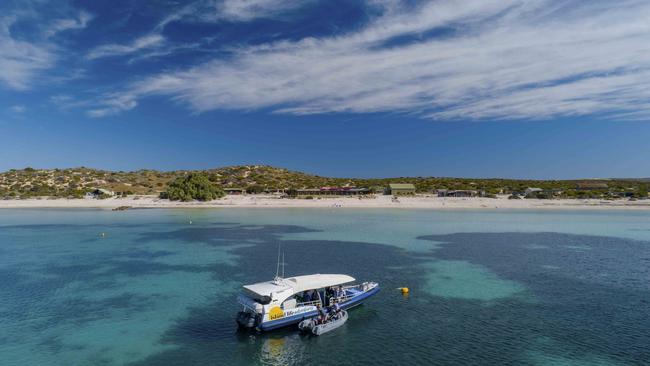
1. Shark Bay scenic flight
See Steep Point, Australia’s westernmost tip, plus the curiously named Useless Loop, an extraordinary “salt island” and more.
2. Big Five marine safari
Whales, dugong, dolphins, manta rays and turtles are the local “big five” to look for. Also reef snorkelling.
3. Cape Inscription
An all-day, four-wheel drive adventure via dunes, wild heath and turquoise waters to where Hartog landed in 1616.
4. Swim
At Mystery Beach, Dampier Landing, Turtle Bay, Sandy Point or other untouched coves.
5. Fishing
The prolific waters are home to whiting, flathead, snapper, yellowfin tuna and other species.
6. The Blowholes
A spectacular Indian Ocean cliff where blowholes boom and spray erupts 50m into the air.
7. Kayaking
It’s an easy paddle to Mead Island bird sanctuary, which sits just off Homestead Bay beach.
8. Quoin Bluff South
Panoramic overview of the World Heritage Shark Bay Marine Reserve, home to about 20,000 whales during July to October.
9. Australia’s last sunset
Sink the ultimate sundowner on the edge of a cliff on the edge of the continent.
10. Remote camping
Nine national park campsites scattered around the island offer truly off-grid isolation. BYO everything, including water.
The ultimate game of frisbee

1616 Dirk Hartog (pictured) nails an inscribed pewter plate to a post at the tip of the island now named after him.
1697 Fellow Dutchman Willem de Vlamingh retrieves the corroded plate, nails an updated replacement to a new post. Dirk’s original returns to Amsterdam and is today displayed in the Rijksmuseum.
1772 Explorer De Saint Alouarn formally claims the region for France by burying a bottle sealed with two French coins and containing an annexation document. Paris omits to follow through.
1801 A French expedition finds de Vlamingh’s plate in the sand. Officer Louis de Freycinet is ordered to re-erect it on a new post.
1818 As captain of his own vessel, de Freycinet returns 17 years later to rescue the plate, leaves the posts.
1821 He lodges the plate with the French Academy, where it is lost for 120 years.
1822 British navigator Phillip Parker King spots the posts but de Vlamingh’s desert island disc has gone. “Mortified,” he notes that “the only vestige that remained was the nails”.
1940 The plate is rediscovered in a Paris archive. France later donates it to Australia.
1950 After a 132-year roundtrip, the de Vlamingh plate finds its way back to Western Australia. It is now displayed in Fremantle’s excellent WA Shipwrecks Museum, along with various posts and nails.
1998 Alouarn’s coins and bottle are unearthed. The use-by date on French claim to WA has passed.
2000 Hartog’s 1616 pewter original is displayed in Sydney. As the oldest-known written artefact from Australia’s European history, suggestions are made that we should bid for it. Nee dank je, say the Dutch. Not for sale.
John Borthwick was a guest of Dirk Hartog Island Eco-Lodge, Tourism Australia and Tourism Western Australia.
If you love to travel, sign up to our free weekly Travel + Luxury newsletter here.

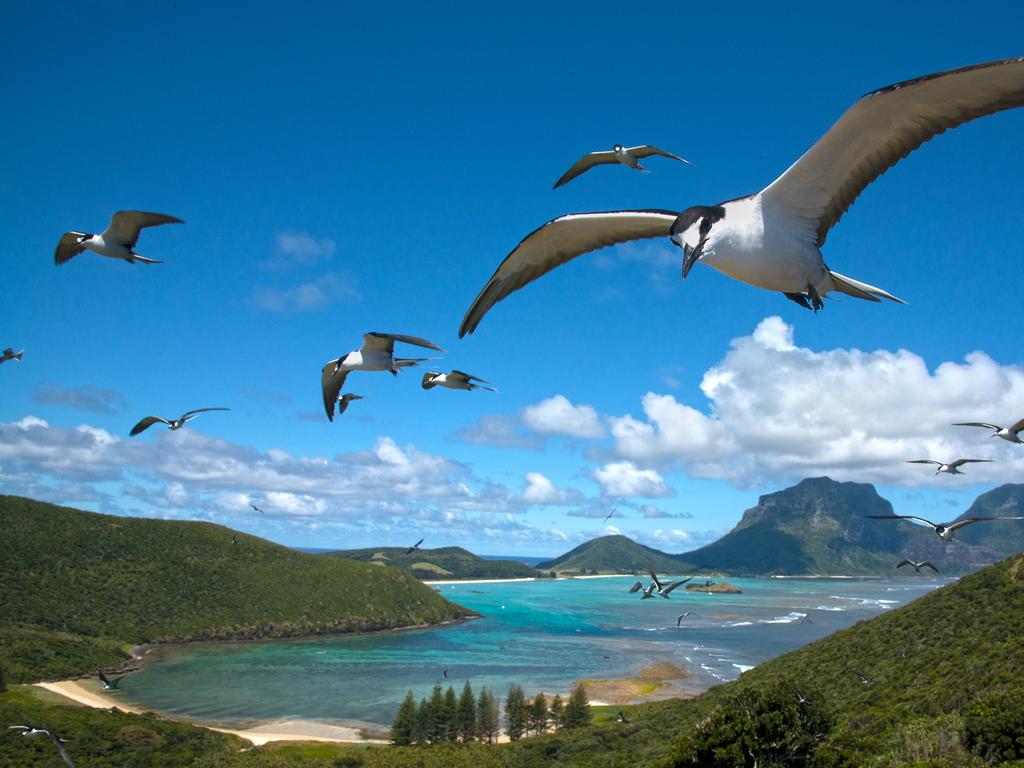
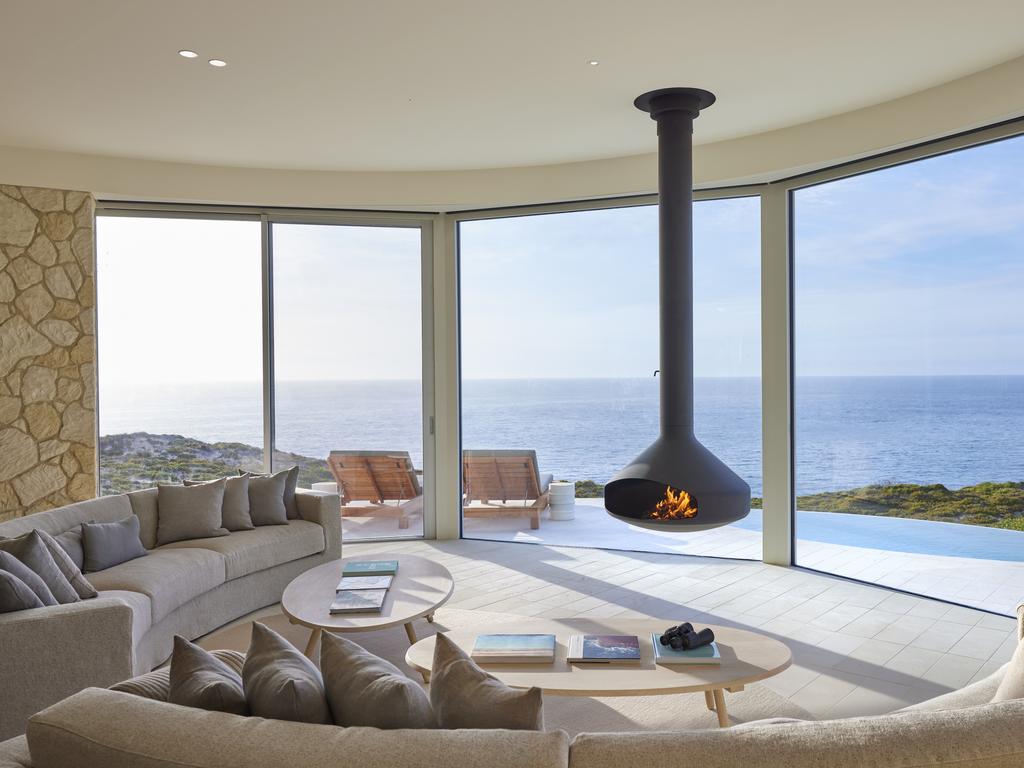

To join the conversation, please log in. Don't have an account? Register
Join the conversation, you are commenting as Logout